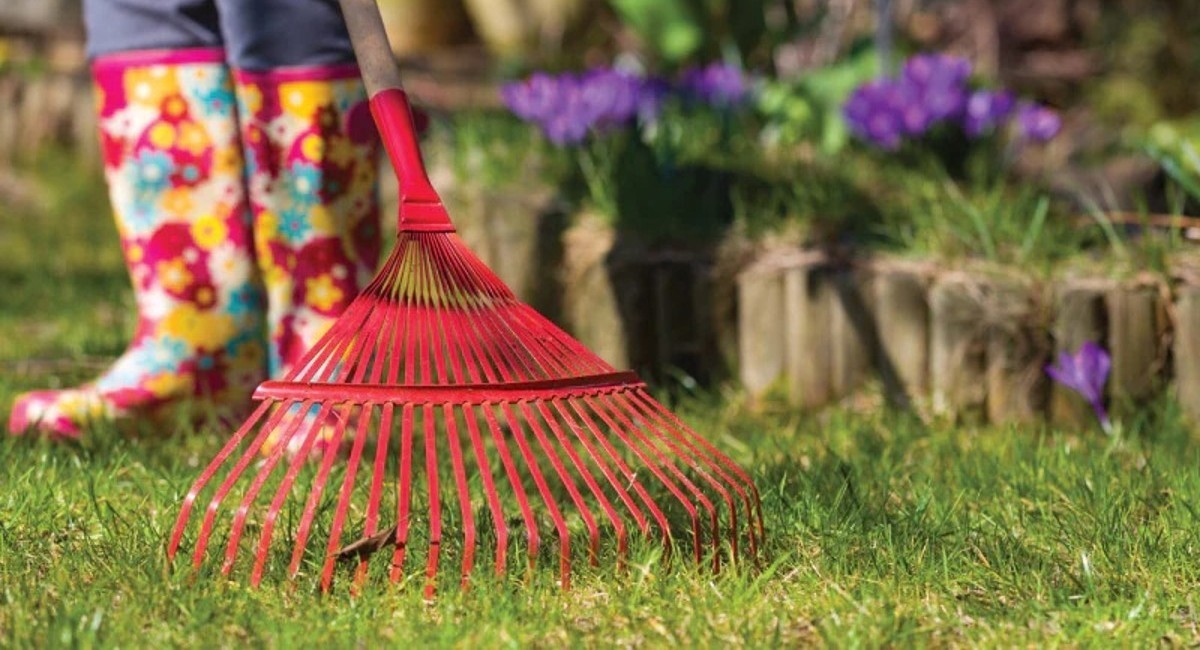- Thursday 09 March 2023
- 0 Comments
Spring has arrived, and it is time to begin planning your Great Post-Winter Garden Cleaning!
Why and When Should You Spring Clean Your Garden?
Start spring cleaning your garden between the start of the Irish Spring, aka the season of Imbolc, and the Easter Season. Why, you might ask?
- The weather has become much more stable and dry. With the longer days, brighter spurts of sunshine, and increasingly longer evening stretches, now is a great time to begin this much-needed sequence of duties.
- During the winter months, you may not want to tidy up your garden too early because the ground cover of dead leaves or old foliage may still help pollinators and insects in hibernation.
- Throughout the winter, this pile provides a ready habitat of food for birds.
- To prepare for the vital season of fresh spring planting, it is critical to clean up dead plants, rip off old growth, and clear away garbage.
- From dormant wintering plants, new spring shoots will develop. Now that the worst of the frost has passed, you'll need to clean away any old plants or foliage in the path. This lets more light into your new shoots.
- Pruning out old shoots or stems promotes faster and more plentiful new growth.
- It will also be a safety problem if there are broken branches or overgrown areas that may obstruct pathways or cross over into the neighbour’s garden.
- When Easter approaches, you'll want your home and garden to look nice since you might start entertaining outside more. Furthermore, you'll want a stunning garden in preparation for Easter Egg hunts.
- If you have kids, they'll spend more time outside during the Easter break. When kids have friends around, make sure the backyard is in good condition.
A Checklist for Spring Garden Cleanup
You might wish to prepare before you start the big Garden Spring clean.
Give your Tools a Quick Clean-Up
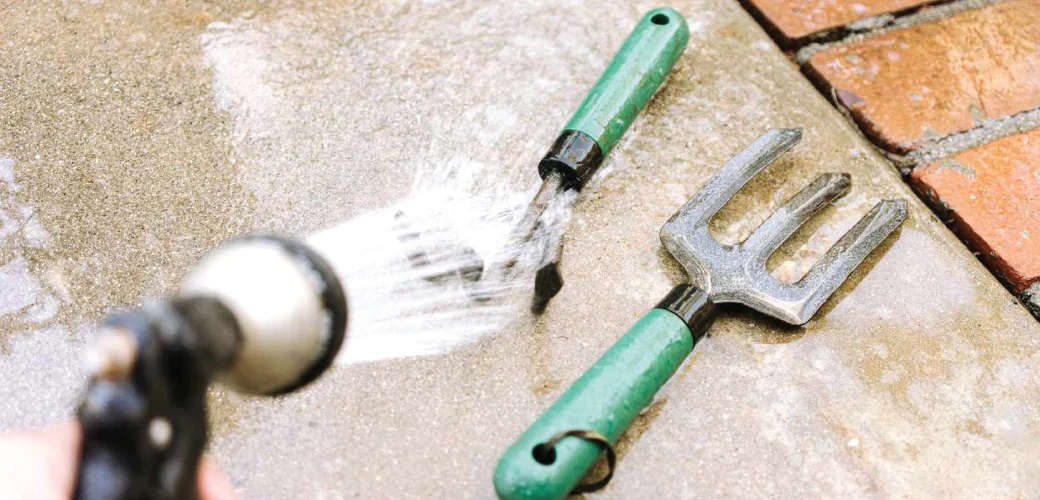
- To eradicate any old soil germs, sterilize your tools. This keeps existing diseases and deadly infections from wreaking havoc on the new growth.
- Pathogen protection is critical, especially if you produce your vegetables in the same yard. It only takes a quick bath. For a half-hour, use a mix of 1 part bleach to 9 parts water.
- Examine your tools for corrosion.
- Sharpen cutting tools or blades as needed.
Obtain These Supplies
- A tough, thick pair of work gloves since you may come into contact with a lot of sharp ends or thorns while handling sharp equipment.
- For the stone walls, paving, and architectural aspects of your garden and exterior property, a good power washer will be required.
- For cleaning your patio and decking, stock up on decking oil or mould-killing detergents and sprays.
- Weed-killer
- A good pair of shears, hand shears, and long-reaching extended clippers.
- A rake for the garden
- A shovel
- A stiff wire brush with a long handle
- If you have a larger garden to traverse and more foliage on your property that has to be moved to a compost heap, use a wheelbarrow.
- A composter will be useful for recycling dead leaves.
- If you don't have a compost heap, use large compostable bin bags.
Clean and Reorganize your Shed
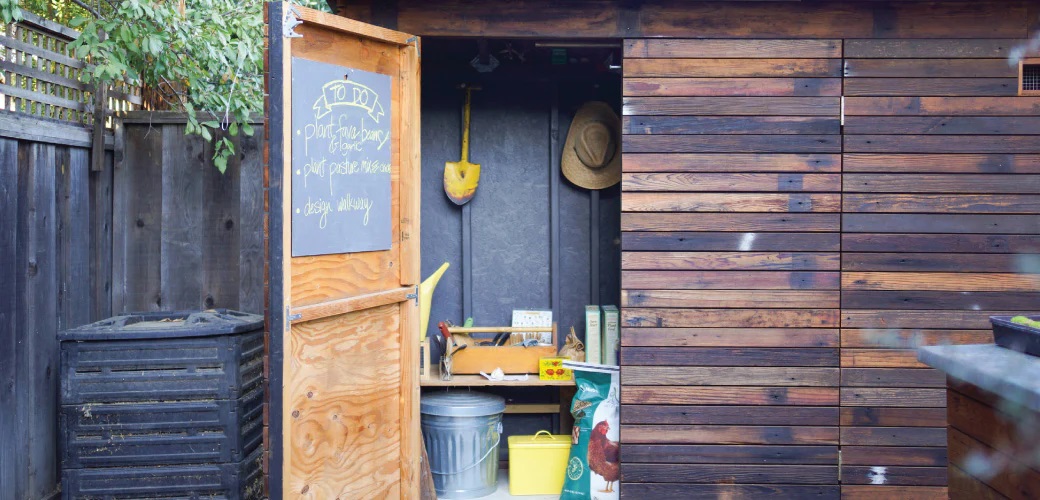
- Make a firm foundation for yourself before you begin. Clean up your shed. Set out and clean up the tools and equipment you'll need - this will help you see what's lacking. This includes the cleaning supplies you'll require.
- Check for rust build-up.
A Step-by-Step Guide to Spring Cleaning Your Garden
Check for dangling or overgrown branches
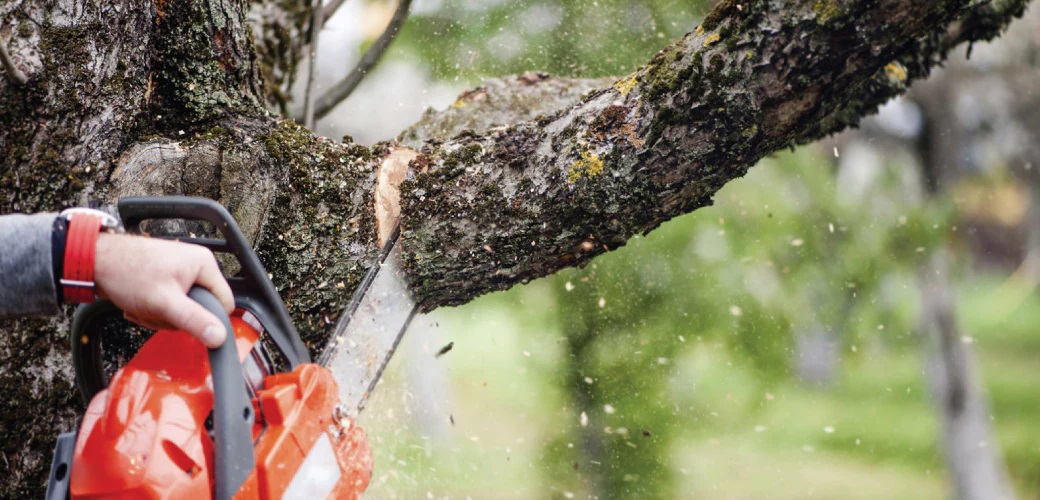
- If you have trees on your property, perform a quick safety check. Keep an eye out for dead, damaged, or decaying branches before they become a problem. Remove them with caution. Cut them down yourself or with the assistance of a landscaping professional if the tree is enormous and requires specialized equipment.
- Most deciduous trees will still have naked branches, making visibility easier. This is a good time to cut back tree branches before they re-leaf. Look for limbs that are reaching into the street or are in danger of interfering with electricity lines or overhead wiring.
- You may wish to replenish the mulch around trees.
Begin Trimming Stems
The greatest gardening conundrum. You must have lush growth if you desire it.
- The greatest gardening conundrum. If you desire lush growth, you must be harsh when it comes to pruning.
- Begin pruning stems of perennial plants or bulbs that will sprout spontaneously from their roots. Perennials can be clipped to about 2 inches above the ground. Large decorative grasses should also be pruned to around 20% of their full growth.
- Remove any dead leaves or secondary stems from creeper plants or vines, but leave the main stem alone. Prune any overgrown tendrils/sections and direct your creeping plant in the desired direction.
- Install small hooks around the wall, gazebo, or pergola to help with growth.
- Trim your hedges or form your topiary.
Prune YoUr Shrubbery
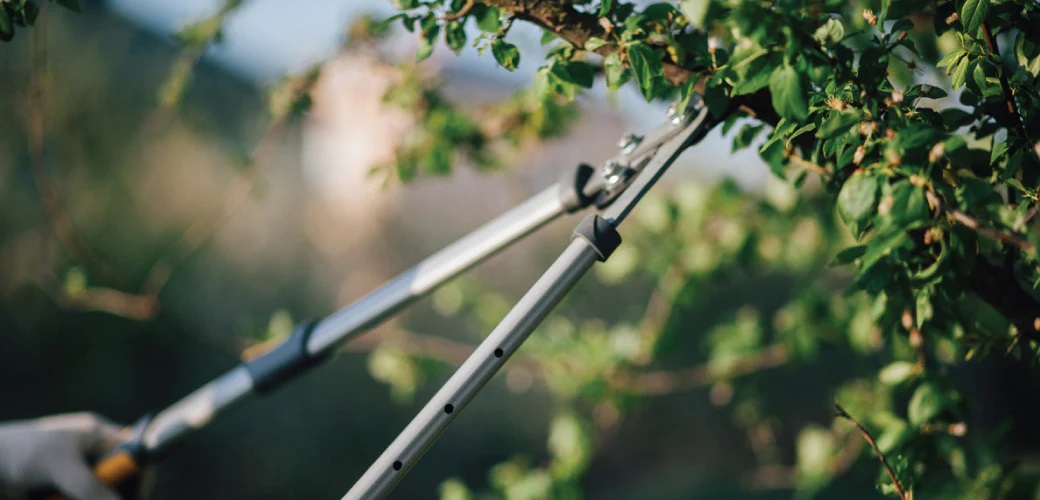
Pruning should begin before the bushes begin to bud.
- Secondary stems in shrubs and rose bushes should be pruned back to make place for new growth.
- Remove any dead leaves or seconds that have dried out during the winter.
- It is also an excellent time to relocate shrubbery to new sites while the ground is still bare.
Remove Any Loose Dead Leaves
- Remove cuttings and loose dead leaves for dumping in the compost heap now that all of the higher up regions have been cleaned up.
- Keep an eye out for any mould or sick leaves that you may wish to separate and dispose of elsewhere so that the diseases do not remain in the soil.
Get Rid of Weeds
- Inspect your pavement, beds, window boxes, and lawn for weeds and begin eliminating them, ideally with a weed killer or natural pollinator-friendly home remedies.
Lawn Revival
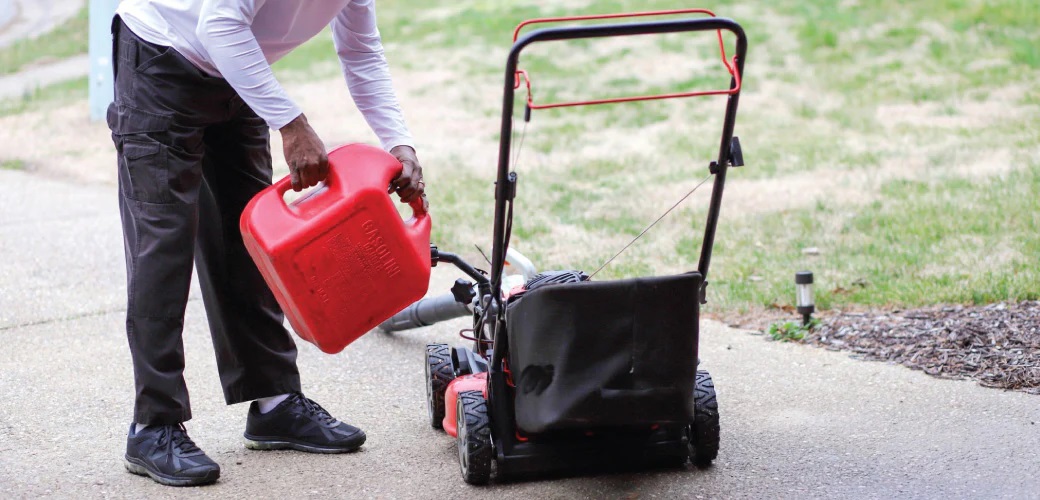
- It's also an excellent time to get the lawn mower started. Examine your lawnmower for rust and petrol refills.
- You should also begin weeding here.
- After you've cleaned up, start fertilizing your lawn and stocking up on new lawn seed.
If you have a greenhouse, you should clean it out
- Get the panes for broken portions and replace them as needed.
- Inspect the floor for any water build-up and give it a thorough cleaning, sweeping out any soil debris.
- In case any colonies or mammals have been hibernating here, look for pests and nests.
Fittings in the yard should be repaired and protected.
- If you have fencing, raised beds, or sleepers, now is an excellent opportunity to replace any damaged portions and seal them back up good oil and varnish or even paint.
Scrub the decking and power wash the patio
- Take care of your patio and decks. A good power-wash will assist to revitalize your driveway and asphalt. Take attention of any seams or grouting - a gentler setting may be necessary here.
- You should replace or supplement the gravel or mulch surfaces where there are paths.
- Mould and mildew must be removed.
That's all there is to it. A quick checklist of everything you should be examining in your lawn and garden when the weather improves.
What is your standard checklist?

